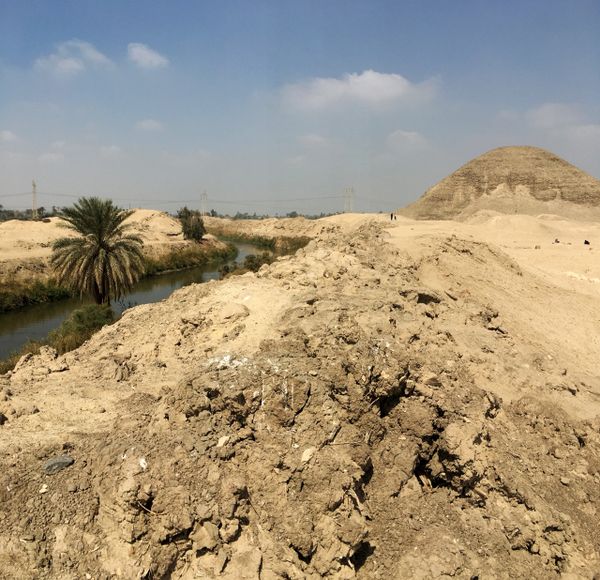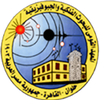LABYRINTH
Conservation, Analysis, and Virtual Reconstruction of the Archaeological Site of the Hawara Pyramid and Labyrinth (El-Fayoum)
Overview
The Egyptian archaeological site of the Pyramid of Hawara and the associated labyrinth is of great archeological significance. Located near the mouth of the Fayoum oasis, the pyramid is believed to be the last resting place of the twelfth dynasty pharaoh, Amenemhat III who ruled Egypt between c. 1860 BC – 1814 BC. Adjacent to his pyramid Amenemhat III is believed to have constructed a large funerary cult complex which has become known as ‘the Labyrinth’. The Labyrinth has been described by numerous classical authors including the Greek writer Herodotus who described it as surpassing even the wonder of all of the pyramids of Egypt combined. At present, the site has been severely underdeveloped and unexplored with no large-scale archaeological excavation work taking place on the site for over a century. The pyramid is showing signs of severe deterioration due to sustained flooding which has affected the burial chamber under the pyramid and the underground passages of the labyrinth. The flood water level has been rising over the past century and now reaches a level of approximately 5 meters below the topographic surface, and 7 meters above the lower corridor level. To counteract the detrimental effect of the rising water level and to try to sustainably conserve the pyramid and the Labyrinth, there is an urgent need to understand and analyze the current environmental conditions within and around the complex and to accurately locate, document and assess the pyramid's extant historical layers and structures.
In order to address this urgent need, the Project, lead by Nottingham Trent University and the National Institute of Astronomy and Geophysics, will develop and implement an evidence-based strategy and action-plan to inform the sustainable preservation of the endangered archaeological site of Hawara using digital technologies. The team will scan the pyramid to detect anomalies of magnetic/seismic and geo-electric fields, temperature and water variations to indicate hidden voids, structures and/or archaeological remains and to create a virtual reality model of the complex for conservation purposes. This will inform and drive an effort to limit the impact of increasing hydrogeological threats, underground water table and continuous deterioration of the structural integrity of pyramid burial chambers and the labyrinth passages. The Hawara Project also intends to foster tourism by increasing global awareness of the site and its historical and archaeological significance.
For more details please visit www.virtualhawara.com
Photo Gallery


People
Professor Mohamed Gamal Abelmonem
Professor Mohamed Gamal Abelmonem
Professor Mohamed Gamal Abelmonem
Project Lead Investigator (PI) -Nottingham Trent University
Professor Abbas Ali
Professor Mohamed Gamal Abelmonem
Professor Mohamed Gamal Abelmonem
Co-Investigator (CoI) -
National Research Institute of Astronomy and Geophysics
Dr. Gehan Selim
Professor Mohamed Gamal Abelmonem
Professor Gad El-Qadi
Co-Investigator (CoI) -
University of Leeds
Professor Gad El-Qadi
Professor Amin Al-Habaibeh
Professor Gad El-Qadi
Co-Investigator (CoI) -
National Research Institute of Astronomy and Geophysics
Dr. Diane Wren
Professor Amin Al-Habaibeh
Professor Amin Al-Habaibeh
Research Fellow -
Nottingham Trent University
Professor Amin Al-Habaibeh
Professor Amin Al-Habaibeh
Professor Amin Al-Habaibeh
Co-Investigator (CoI) -
Nottingham Trent University
Dr. Mohamed El Gabry
Dr. Mohamed El Gabry
Dr. Mohamed El Gabry
Co-Investigator (CoI) -
National Research Institute of Astronomy and Geophysics
Antony Pidduck
Dr. Mohamed El Gabry
Dr. Mohamed El Gabry
Co-Investigator (CoI) -
Nottingham Trent University
Partners



Copyright © 2024 Centre for Architecture, Urbanism, and Global Heritage - All Rights Reserved.
Powered by GoDaddy Website Builder